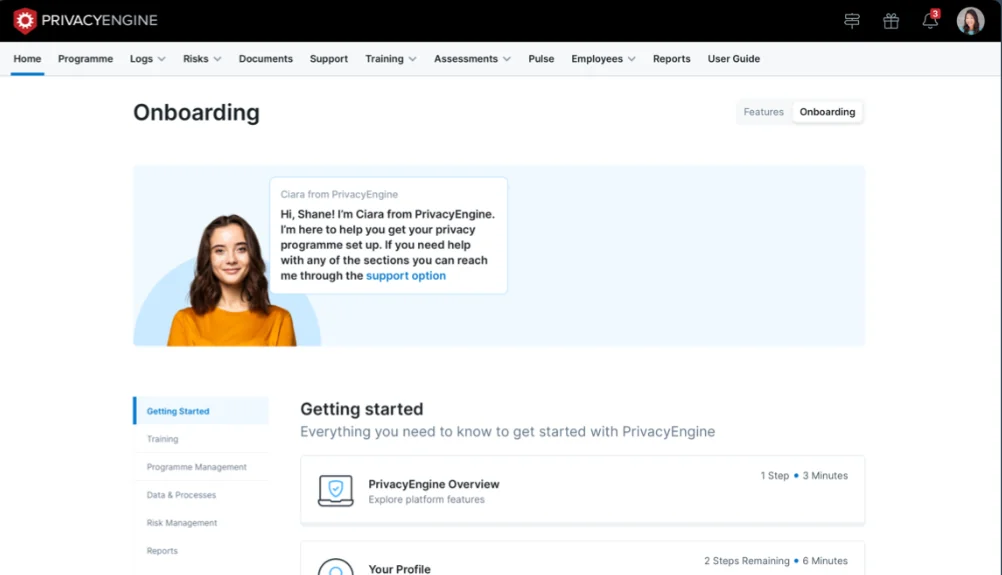In the digital age, data privacy has become a paramount concern for both individuals and organizations. One crucial method used to protect sensitive information is pseudonymization. This article will delve into the intricate details of pseudonymization, shedding light on its definition, purpose, benefits, and how it is implemented in the realm of data privacy.
Pseudonymization is a data management strategy that is often misunderstood or confused with other data protection techniques. This article aims to clear up any confusion and provide a comprehensive understanding of this vital privacy tool. Let's start by defining pseudonymization.
Definition of Pseudonymization
Pseudonymization is a data protection method that involves replacing personally identifiable information (PII) with artificial identifiers or pseudonyms. This process ensures that the data can no longer be attributed to a specific data subject without the use of additional information.
It's important to note that pseudonymization does not completely anonymize data. The original identities can still be retrieved if the pseudonyms are linked with the original data. However, this additional information is kept separately and securely to ensure data privacy.
The Difference Between Pseudonymization and Anonymization
While both pseudonymization and anonymization are data protection techniques, they are not the same. Anonymization permanently removes any identifiable information, making it impossible to trace the data back to the individual. On the other hand, pseudonymization replaces identifiable information with a pseudonym, allowing for potential re-identification under specific circumstances.
This distinction is crucial in understanding the level of data protection offered by each method. Anonymization provides a higher level of protection but at the cost of losing some data utility. Pseudonymization, however, maintains data utility while still offering a substantial level of protection.
The Purpose of Pseudonymization
The primary purpose of pseudonymization is to protect the privacy of individuals by ensuring their data cannot be directly linked to them. This is particularly important in scenarios where data needs to be shared or used for purposes other than the original intent.
For instance, in research or statistical analysis, data often needs to be shared among multiple parties. Pseudonymization allows this data to be used without compromising the privacy of the individuals to whom the data pertains.
Compliance with Data Protection Regulations
Pseudonymization also plays a crucial role in helping organizations comply with data protection regulations. For instance, the General Data Protection Regulation (GDPR) in the European Union recognizes pseudonymization as a valid data protection technique.
By pseudonymizing data, organizations can demonstrate their commitment to data privacy and potentially mitigate the consequences of a data breach. This is because pseudonymized data is considered less likely to result in harm to the data subjects.
Benefits of Pseudonymization
There are several benefits to using pseudonymization as a data protection strategy. First and foremost, it provides a balance between data utility and data privacy. While anonymization might provide higher privacy, it often renders the data useless for further analysis or research. Pseudonymization, on the other hand, allows the data to be used while still providing a significant level of privacy protection.
Another benefit is that pseudonymization can help organizations comply with data protection regulations. By demonstrating that they are taking steps to protect personal data, organizations can avoid hefty fines and damage to their reputation.
Limitations of Pseudonymization
Despite its benefits, pseudonymization is not without its limitations. One of the main drawbacks is that it does not completely anonymize data. If the pseudonyms can be linked back to the original data, there is still a risk of re-identification.
Furthermore, implementing pseudonymization requires a robust and secure system to manage the pseudonyms and the original data. If this system is compromised, the privacy of the data subjects could be at risk.
Implementing Pseudonymization
Implementing pseudonymization involves several steps. First, the data that needs to be protected must be identified. This typically includes any data that can be used to identify an individual, such as names, addresses, and social security numbers.
Once the data has been identified, it can be replaced with pseudonyms. This process should be carried out in a secure environment to ensure that the original data is not compromised.
Managing Pseudonyms
Managing pseudonyms is a crucial part of the pseudonymization process. The pseudonyms must be stored separately from the pseudonymized data and kept secure. This ensures that even if the pseudonymized data is compromised, the original identities cannot be retrieved.
Furthermore, the pseudonyms should be unique and not related to the original data. This makes it harder for anyone who gains access to the pseudonymized data to guess the original identities.
Conclusion
Pseudonymization is a vital tool in the data privacy toolkit. While it does not provide the same level of protection as anonymization, it offers a balance between data utility and data privacy. By understanding and correctly implementing pseudonymization, organizations can protect the privacy of individuals while still being able to use their data for legitimate purposes.
As data privacy regulations continue to evolve, understanding and implementing data protection techniques like pseudonymization will become increasingly important. It's not just about compliance; it's about respecting the privacy and rights of individuals in the digital age.
